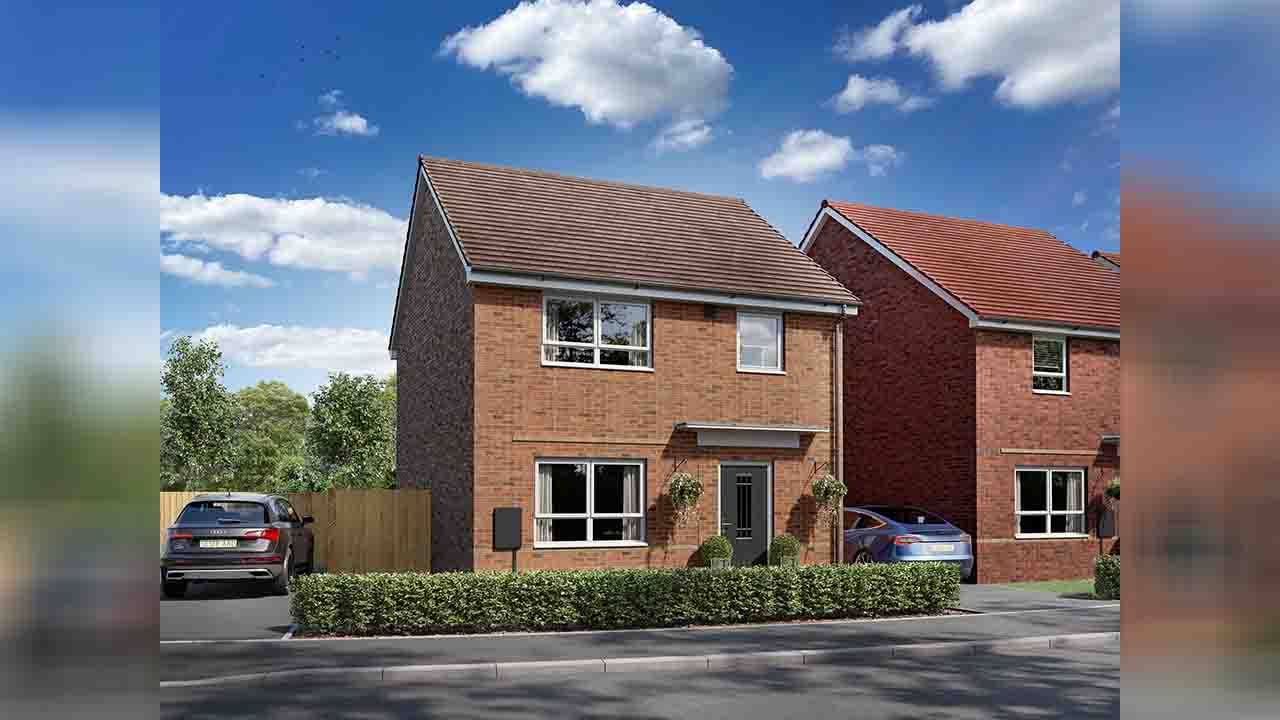Commonwealth _ As urbanization continues to reshape landscapes, the revival of brownfield sites has emerged as a pivotal solution to meet the burgeoning demand for housing. Among the cities spearheading this transformation, London, Birmingham, and Manchester stand at the forefront of the brownfield housing construction boom. These metropolises have ingeniously harnessed the potential of repurposed land, ushering in a new era of sustainable urban development.
As a global financial and cultural epicenter, London’s urban fabric has long been a focal point of innovation. In the face of urban sprawl, brownfield redevelopment has become a strategic endeavor. With its Transport for London (TfL) actively promoting the redevelopment of underutilized sites, the city has taken the lead in redefining urban living. Former industrial sites along the Thames River are being reimagined as vibrant residential communities, seamlessly blending historic charm with contemporary design. This approach not only optimizes land usage but also fosters a sense of community and connectivity.
Recognized for its industrial heritage, Birmingham has embarked on an ambitious journey to rejuvenate its brownfield sites. The city’s Big City Plan emphasizes brownfield regeneration as a cornerstone of sustainable growth. The transformation of the Digbeth area epitomizes Birmingham’s commitment to this endeavor. Once an industrial heartland, Digbeth is undergoing a metamorphosis into a creative hub with residential complexes, green spaces, and cultural venues. By revitalizing brownfield sites, Birmingham is not only accommodating its rising population but also preserving its historical narrative.
Manchester’s urban renewal narrative is deeply intertwined with brownfield redevelopment. The city’s rich history as an industrial powerhouse has left behind ample opportunities for transformation. The NOMA district, a 20-acre site, symbolizes Manchester’s brownfield success story. This area has evolved from a disused locale into a vibrant mixed-use development featuring modern apartments, offices, retail spaces, and public squares. Such endeavors reinvigorate the urban landscape, attracting residents and businesses alike while mitigating the strain on greenfield sites.
The brownfield housing construction boom in these cities is not merely about meeting housing quotas; it’s about embracing sustainability. By repurposing existing sites, these cities are minimizing urban sprawl, reducing the need for infrastructure expansion, and curbing transportation emissions. The proximity of brownfield developments to existing amenities and transport networks enhances walkability and reduces carbon footprint, aligning with global environmental goals.
While the brownfield boom presents immense opportunities, it also comes with challenges. Remediation of contaminated sites and navigating complex planning regulations require careful coordination. However, these challenges have spurred innovation in technology and sustainable construction practices. Manchester, for instance, utilizes advanced soil remediation techniques to transform former industrial plots into safe living spaces.
The brownfield housing construction boom in London, Birmingham, and Manchester exemplifies urban evolution in the 21st century. These cities have not only recognized the untapped potential of repurposed land but have also taken proactive steps to weave sustainability, history, and community into their developmental fabric. By leveraging brownfield sites, they are not just building houses; they are constructing narratives of renewal and progress that resonate far beyond their boundaries, setting a benchmark for other urban centers to follow suit.








